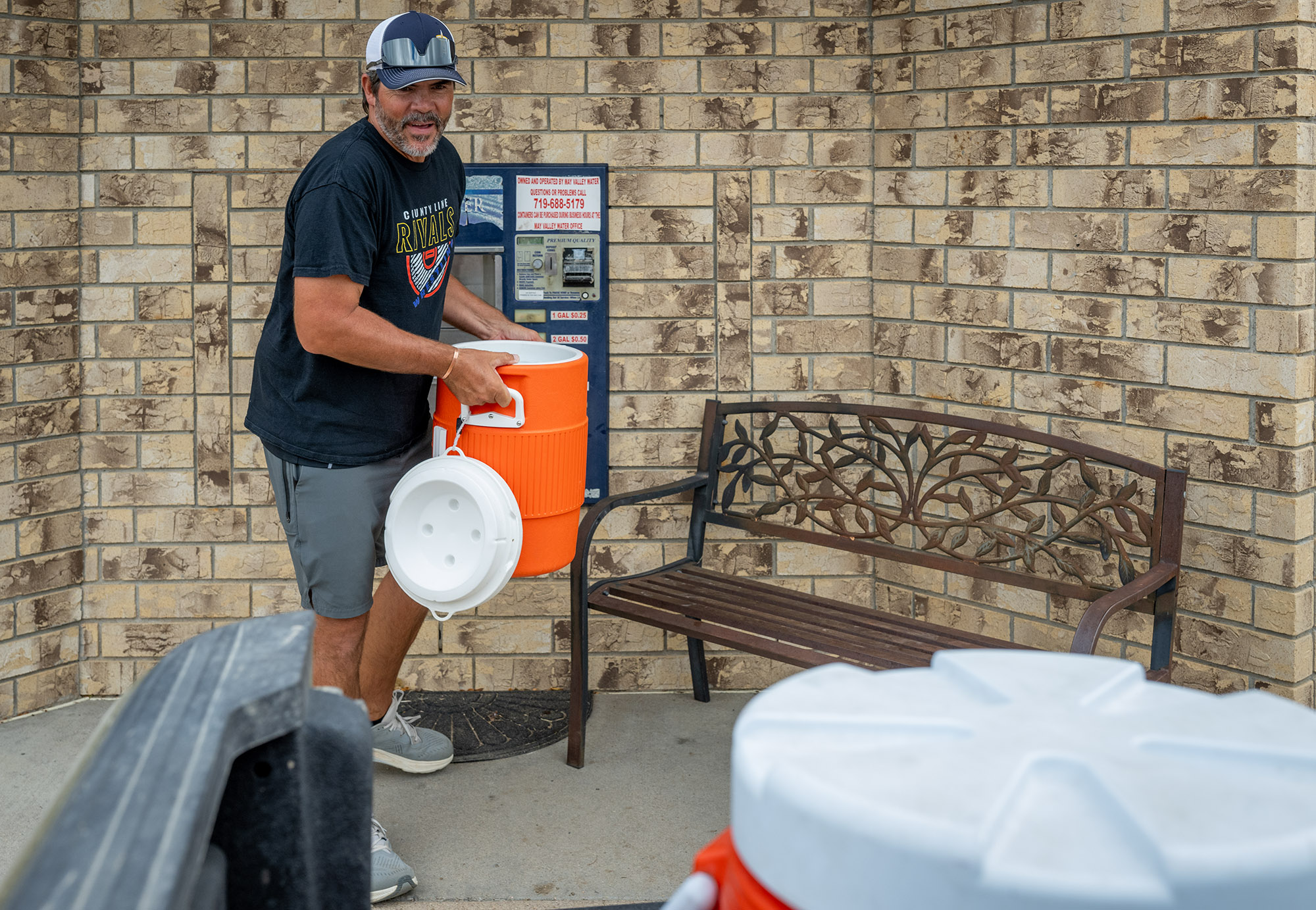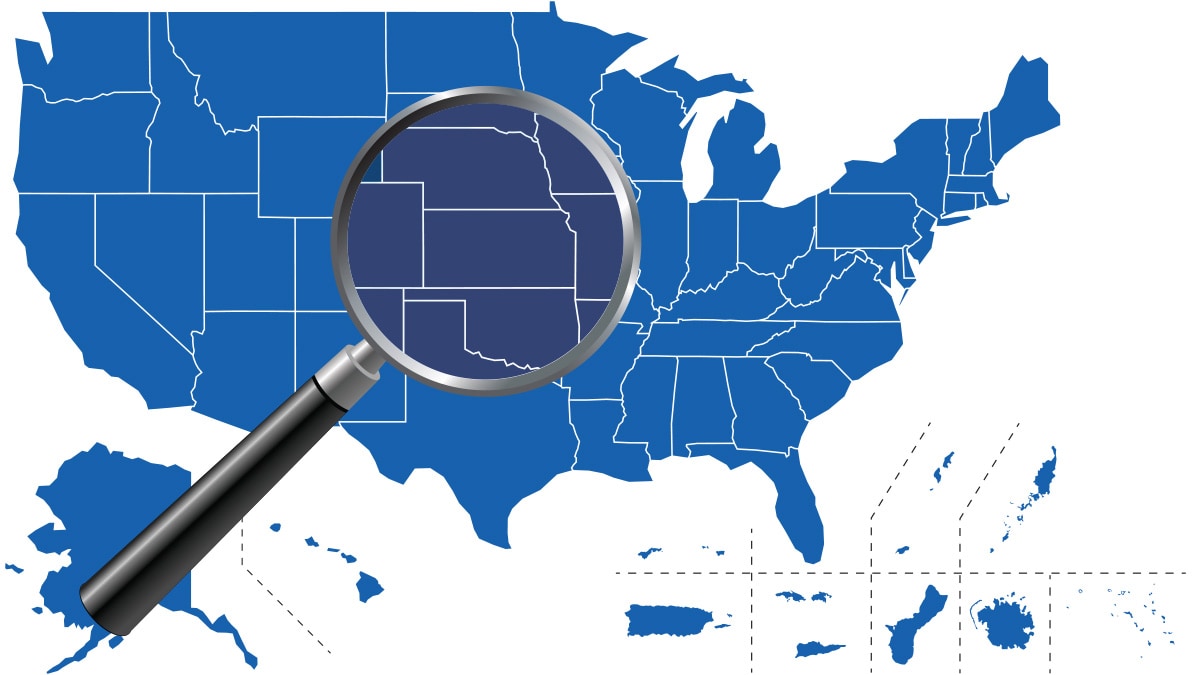Central Iowa Source Water Research Assessment: Addressing Nitrate Pollution in Polk County
Introduction
In 2023, Polk County commissioned the Central Iowa Source Water Research Assessment, a pioneering and unbiased study examining the watersheds of the Des Moines and Raccoon Rivers. The report, though not officially released until July 1, 2025, was obtained by the Iowa Capital Dispatch. Polk County Supervisor Matt McCoy shared key findings with KCCI, emphasizing the report’s role as a strategic guide for improving water quality.
Nitrate Pollution and Agricultural Impact
The assessment highlights a critical environmental challenge: nearly 80% of nitrate pollution in the Des Moines and Raccoon Rivers originates from agricultural activities. Federal data identifies Iowa as having the highest stream nitrate concentrations nationwide, an anomaly when compared to farmed areas in four other states. This situation underscores the urgent need for collaborative action with the agricultural sector.
- Key Statistic: 80% of nitrates in local rivers are linked to agriculture.
- Geographical Concern: Iowa’s nitrate levels exceed those in comparable agricultural states.
- Collaborative Approach: Polk County aims to work cooperatively with farmers rather than assigning blame.
Recommendations and Actions for Sustainable Water Management
The report proposes approximately two dozen recommendations to enhance water quality, aligning with the United Nations Sustainable Development Goals (SDGs), particularly SDG 6 (Clean Water and Sanitation), SDG 12 (Responsible Consumption and Production), and SDG 15 (Life on Land).
- Increased State Funding: Support for wastewater treatment facilities to reduce contamination.
- Transparency Measures: Creation of a public database to monitor manure application and prevent overapplication.
- Regulatory Preparedness: Development of stricter regulations to limit drinking water contamination.
- Natural Solutions: Expansion of wetlands to serve as natural runoff filters, improving water purification.
Polk County has already initiated wetland construction projects, which Supervisor McCoy identifies as a significant component of the solution to nitrate pollution.
Community Engagement and Future Outlook
Polk County anticipates the official release of the report on July 1, 2025. The county encourages residents, community groups, and policymakers to utilize the report to advocate for and implement positive water quality improvements at local, state, and national levels. This aligns with SDG 17 (Partnerships for the Goals), emphasizing multi-stakeholder collaboration for sustainable development.
McCoy expressed hope that the findings will stimulate further investments in watershed restoration, yielding benefits for public health, recreation, and the local economy.
Summary of Sustainable Development Goals Addressed
- SDG 6 – Clean Water and Sanitation: Improving water quality through pollution reduction and enhanced wastewater treatment.
- SDG 12 – Responsible Consumption and Production: Promoting sustainable agricultural practices and manure management.
- SDG 15 – Life on Land: Protecting ecosystems by restoring wetlands and reducing agricultural runoff.
- SDG 17 – Partnerships for the Goals: Encouraging cooperation among farmers, government, and communities to address environmental challenges.
Recent Coverage of Central Iowa Water Issues
- Central Iowa officials impose lawn watering bans to prevent a potential water crisis.
- Concerns raised over nitrates in drinking water and their health implications.
- Des Moines Water Works links nitrate pollution to farm fertilizer use.
- Community responses to water conservation measures and nitrate contamination.
- Investigations into water demand spikes and the effectiveness of at-home nitrate testing kits.
These ongoing discussions highlight the critical importance of sustainable water management practices in Central Iowa and reinforce the need for continued monitoring, research, and community engagement.
1. Sustainable Development Goals (SDGs) Addressed or Connected
- SDG 6: Clean Water and Sanitation
- The article focuses on water quality issues in Polk County, Iowa, specifically nitrate contamination in rivers and drinking water.
- Efforts to improve wastewater treatment and reduce water contamination directly relate to ensuring availability and sustainable management of water.
- SDG 2: Zero Hunger
- The article discusses agriculture’s role in nitrate pollution, highlighting the need for sustainable agricultural practices.
- Collaboration with farmers and managing fertilizer/manure application connect to sustainable food production systems.
- SDG 3: Good Health and Well-being
- Reducing nitrate contamination in drinking water is crucial for public health, preventing potential prenatal risks and other health issues.
- SDG 15: Life on Land
- Building wetlands to act as natural runoff cleansers supports ecosystem restoration and sustainable land management.
2. Specific Targets Under the Identified SDGs
- SDG 6: Clean Water and Sanitation
- Target 6.3: Improve water quality by reducing pollution, minimizing release of hazardous chemicals and materials, and increasing recycling and safe reuse.
- Target 6.6: Protect and restore water-related ecosystems such as wetlands.
- SDG 2: Zero Hunger
- Target 2.4: Ensure sustainable food production systems and implement resilient agricultural practices that increase productivity and production.
- SDG 3: Good Health and Well-being
- Target 3.9: Reduce illnesses and deaths from hazardous chemicals and air, water, and soil pollution and contamination.
- SDG 15: Life on Land
- Target 15.1: Ensure conservation, restoration and sustainable use of terrestrial and inland freshwater ecosystems.
3. Indicators Mentioned or Implied to Measure Progress
- Nitrate Concentration Levels in Rivers
- The article mentions federal data showing nitrate concentrations in the Des Moines and Raccoon Rivers, which can be used as an indicator to measure water quality improvements.
- Number and Extent of Wetlands Built
- Building wetlands as runoff cleansers is a measurable action that can indicate progress in ecosystem restoration and pollution reduction.
- State Funding for Wastewater Treatment Facilities
- Increased funding and improvements in wastewater treatment capacity can be tracked as indicators of infrastructure development contributing to water quality.
- Public Database on Manure Application
- Tracking manure application through a public database implies monitoring of agricultural practices, which can serve as an indicator for sustainable agriculture and pollution control.
- Regulations on Drinking Water Contamination
- Preparation and enforcement of stricter regulations can be measured by the number of policies implemented and compliance rates.
4. Table of SDGs, Targets, and Indicators
| SDGs | Targets | Indicators |
|---|---|---|
| SDG 6: Clean Water and Sanitation |
|
|
| SDG 2: Zero Hunger |
|
|
| SDG 3: Good Health and Well-being |
|
|
| SDG 15: Life on Land |
|
|
Source: kcci.com







